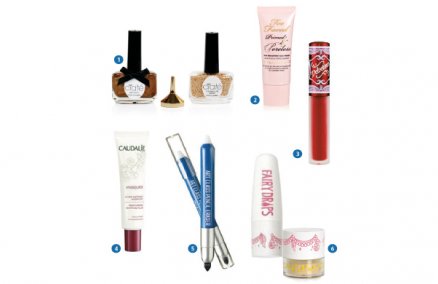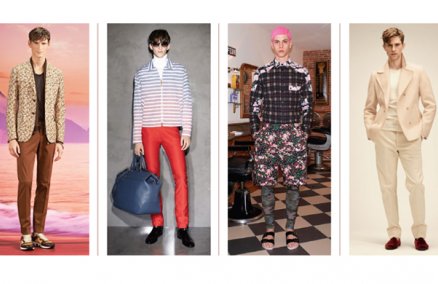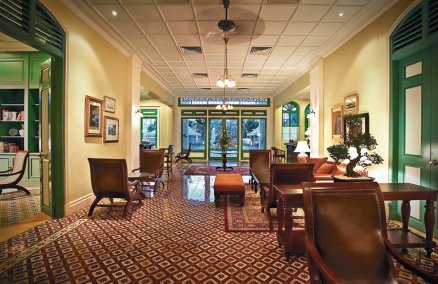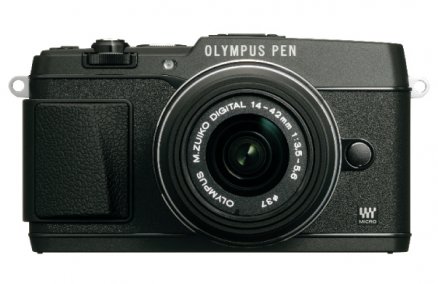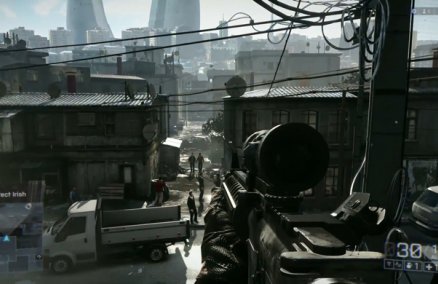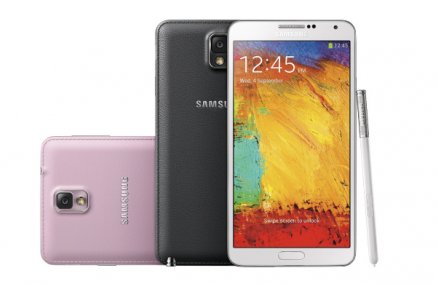TEST 1: CREAM OR BLOOD?
Shaving without any cream left the guinea pig’s neck a bloody mess with redness and a burning sensation that lasted for thirty minutes. Verdict: Screw living in the woods and proving you’re a man. Go get yourself some shaving cream.
TEST 2: DOES THE CREAM MATTER?
Online, you’ll find plenty of experts claiming only a B20,000 brush made of Nepalese badger’s hairs is fit to apply shaving soap. But the real point of the cream is that your face needs to be wet at all times for a good shave. And since water tends to run off the face, cream is simply a convenient, not-too-messy way of keeping a film of smooth, glide-inducing liquid between the blade and your skin. We tried the boring Gillette can you’ll find in any 7-Eleven versus a fancier Nivea one. Honestly, there was no noticeable difference.
Verdict: Do use cream, but the brand hardly matters. Or just plain soap will do if you’re desperate.
TEST 3: ARE MORE BLADES BETTER?
Apart from inducing severe hemorrhaging, the shaving-without-cream test has its benefits. It puts razors to the ultimate test. And while two-blade razors seem to skip along the skin, yanking at the beard and making irritating, grating noises, their three-blade counterparts performed much better. Although real men chuckle at the multiplication of blades on razors (The Economist very seriously, and mathematically, projected that we will have 14 blades soon), we find they offer a much smoother shave.
Verdict: Less is not more. Go for three blades.
TEST 4: DO BRANDS MATTER?
In a blind test, we’re pretty sure we could tell the difference between two and three blades. But it’s difficult to tell the difference between a Gillette Mach 3 and some no name 3-blade alternative. Same with the two-blades. Word is, though, that the cheaper blades dull faster—although that calls for more testing.
Verdict: Cheap is surprisingly good.
TEST 5: WILL I GROW BOOBS?
Boldly going where no man has gone before, we also tested women’s razors on a man. We’re sad to report the devices’ pinkness did not imbue them with some magical feminine power. The male guinea pig’s (a guinea boar?) breasts did not grow, nor did his capacity to concentrate for stretches of more than five seconds.
Verdict: Women’s razors, apart from being cuter, are identical to the ones for guys.
Advertisement











